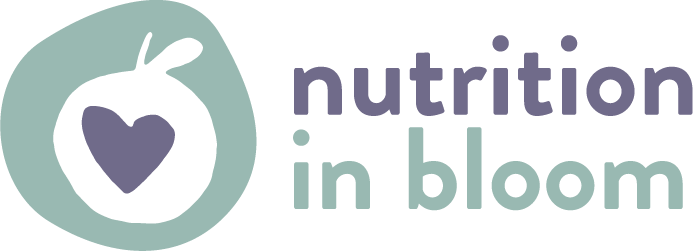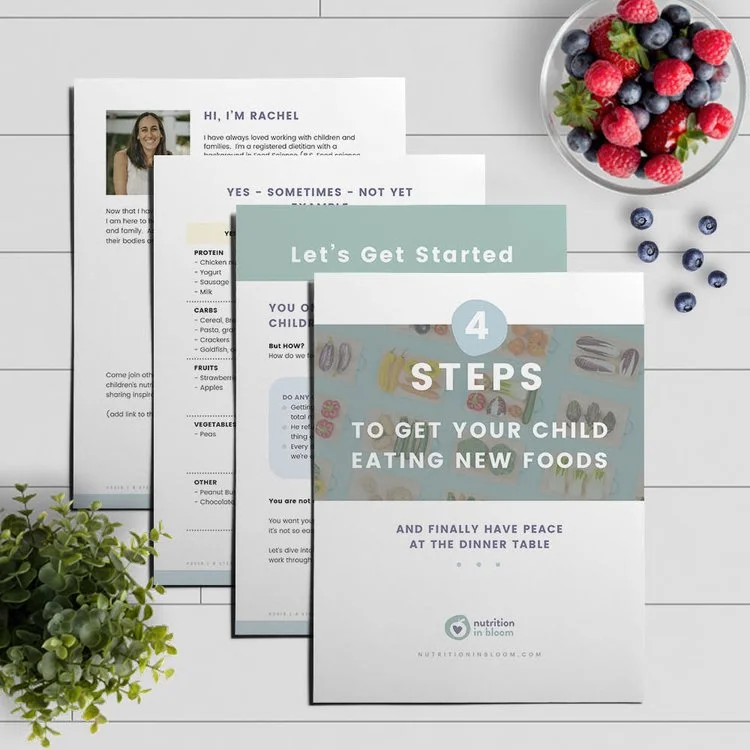How to find the best milk for toddlers: the ultimate guide
Milk is a sticky subject (figuratively and literally).
Now that your child is one-year-old, you have new decisions to make: to provide or not provide cow’s milk.
Luckily, there is no one size fits all approach and no right or wrong way to do it.
Let’s dive into the ins and outs of the what, why, how, and necessity of cow’s milk - and talk about the best milk for toddlers and one-year-olds.
To provide or not provide whole milk, that is the question.
Why should my child avoid whole cow’s milk before one year of age?
Most pediatricians will tell you not to offer your child milk before one year of age. This refers to cow’s milk, and the reason is that you do not want to replace the breast milk or formula your child is receiving with whole milk.
The nutrients in whole cow's milk are different from the nutrients in breast milk and formula is not what your infant needs at this time.
Whole cow’s milk has more protein, less fat and carbohydrates than breastmilk or formula, and a different variation of some key vitamins and minerals.
For older infants starting solids or purees, using whole milk in a recipe is typically fine as are other dairy products like cheese and yogurt, which you can learn more about in my, Introduction to Solids class.
Why transition from breast milk/ formula to alternate milk?
As babies turn one and become toddlers, their needs change. Between birth and one year of age, most of a baby's nutrition comes from breast milk or formula.
As they become toddlers and after a year of age, they’re typically eating more solid foods, and getting nutrients from these.
Whole cow’s milk does not provide complete nutrition but has some of the nutrients that a toddler needs.
Important nutrients in cow’s milk
Whole cow’s milk is a great source of:
Saturated fat
Protein
Calcium
Vitamin D
As a pediatric dietitian, I’m always talking to parents and caregivers about the best way to meet their child’s nutritional needs. Cow’s milk is a convenient way for a toddler to get their nutrition in whole milk.
Children may start to transition off breastmilk or formula around their first birthday, cow’s milk can offer a replacement in terms of nutrition.
Does my child need cow’s milk?
Not necessarily. If you prefer not to provide cow’s milk to your child, you can think about adding foods with these nutrients.
Saturated fat: full fat cheese, full fat yogurt, coconut milk, avocado, oils
Protein: fish, beef, chicken, turkey, lentils, beans
Calcium: yogurt and cheese, nuts, beans, greens, legumes, kale, salmon, chia seeds
Vitamin D: mushrooms, egg yolks, fatty fish (some doctors may recommend your child take a supplement)
Wait a minute- are you saying not to provide whole milk to my child?
Parents have choices. Milk can be part of a child's balanced diet. But there are alternatives if you prefer not to provide this to your child (or your child is refusing milk).
Keep in mind the recommendation for milk is 16-24 oz per day (2-3 cups per day).
Too much milk can fill a child's small tummy and may not leave room for other solid foods, which can deliver other nutrients, such as iron.
What about whole milk vs breast milk after one year?
If you’re breast/chestfeeding or providing your baby with breast milk, you do not need to wean or add in cow’s milk.
The World Health Organization recommends breastfeeding for two years. The Centers for Disease Control (CDC) recommends breastfeeding for up to two years or longer as well.
Breast milk remains a great and healthy option for your toddler and you can continue to provide it as long as you’d like.
Is whole or 2% milk better for my one-year-old?
Provide whole cow’s milk to your child when they turn one. Whole milk is a good source of many of the nutrients your toddler needs and 2%, 1% or non-fat milk doesn’t completely meet your growing toddler’s nutrient needs.
What are good milk alternatives for a one-year-old?
Soy milk and some pea-protein-based milk can be good options for a milk replacement.
Make sure to check the nutrition label on these products - as not all of these milk alternatives are created equally. Some have added ingredients (like sweeteners or flavors).
What about other non-dairy milk alternatives for babies and toddlers?
Most milk alternatives (like almond and oat milk) do not contain the same nutrients as cow’s milk.
Most (not all) non-dairy milk is fortified with Calcium and Vitamin D, which is helpful, but those beverages do not have significant fat, calories, or protein, which are very important after one year of age.
Think about using non-dairy milk as an addition to your child’s balanced diet, instead of a replacement, and do check the nutrients listed above to be sure it is adequate.
There isn’t one right way?
You have options. And there is no one right way to do it. You get to make the decision that works best for your child and family.
As toddlers grow, their preferences change, and feeding changes. Check out my free guide on feeding your toddler during these changes.
And remember, it’s completely fine to cry over spilled milk.



